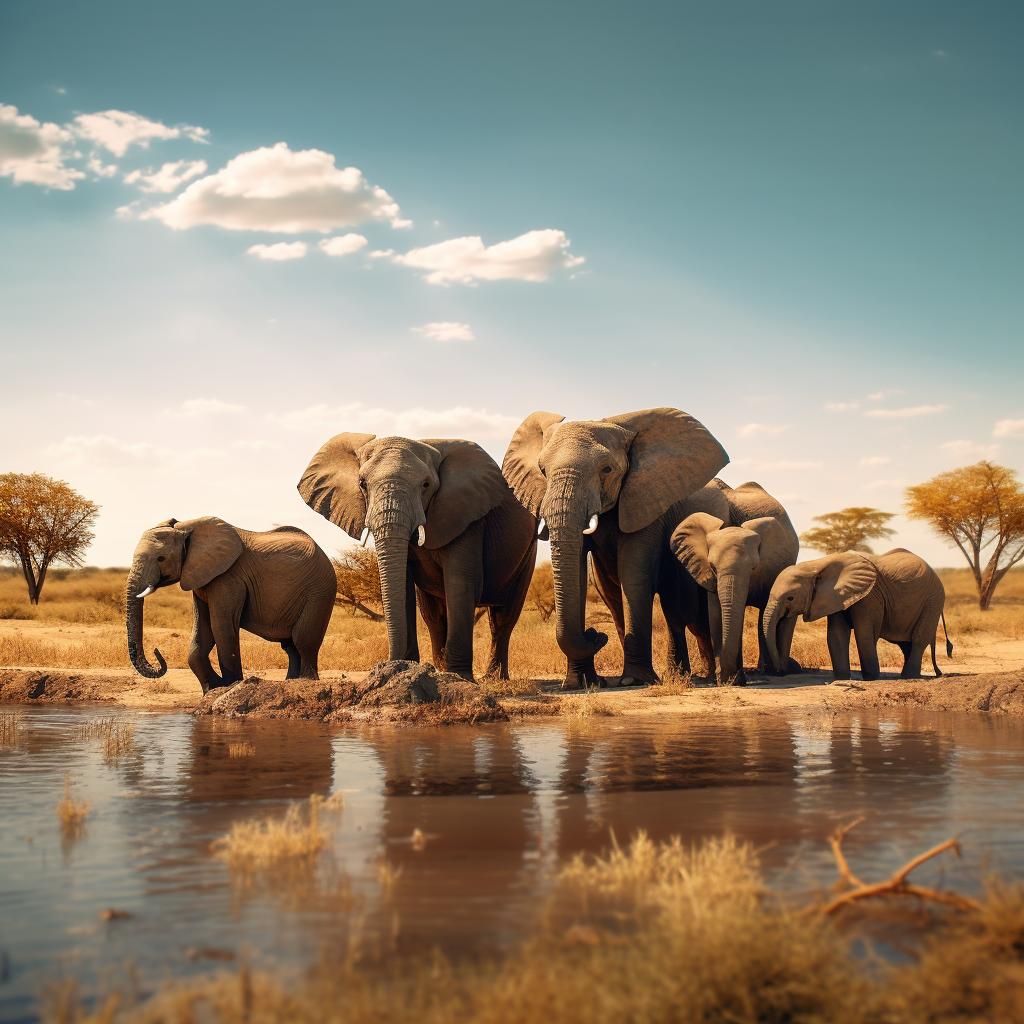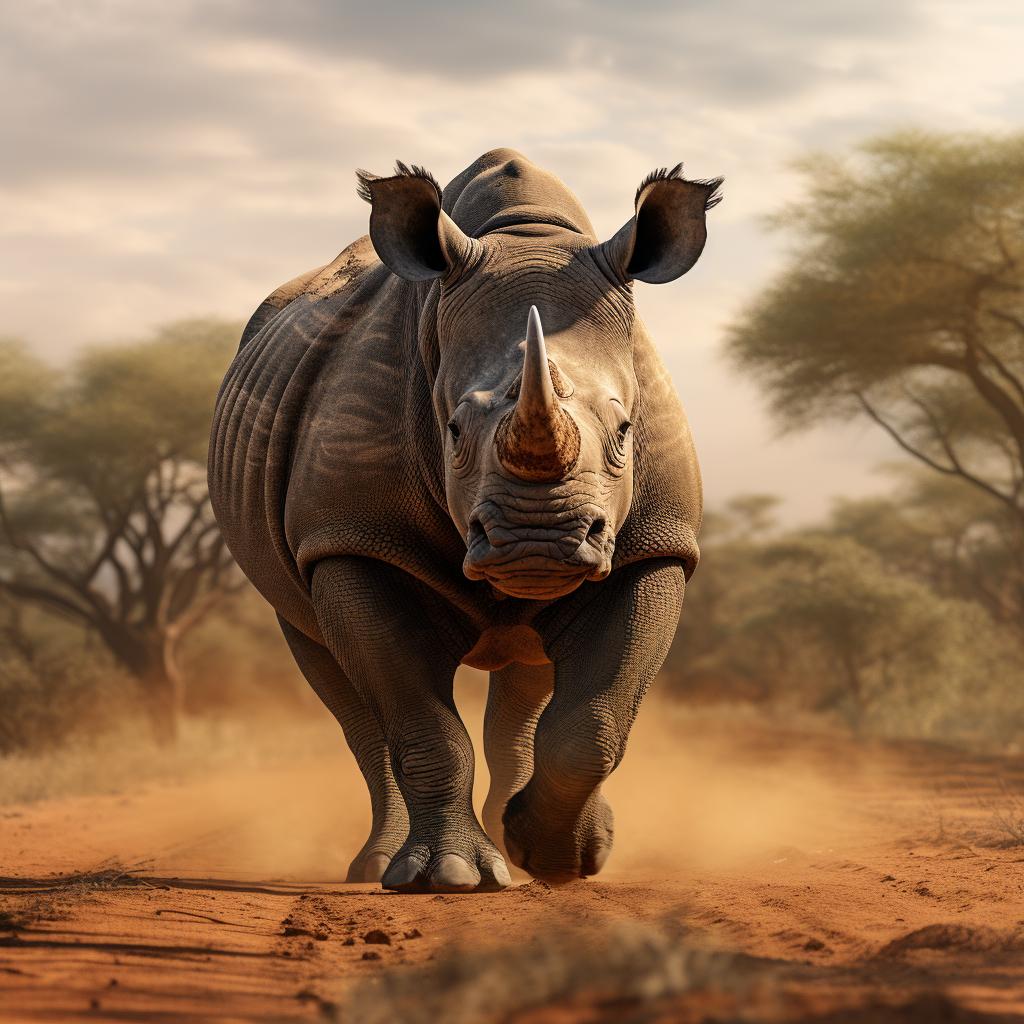Overview
Giraffes, nature's lofty marvels, can reach impressive heights of up to 18 feet (5.5 meters) and weigh up to 3,000 pounds (1,360 kilograms). Their long necks, adorned with beautiful patterns, allow them to reach leaves that other animals can't access.

When
The best months if you are planning a trip to see giraffes are June, July, August, September, October and November.
Where
The best countries for spotting giraffes in the wild are Tanzania, Kenya, Uganda, Namibia, South Africa and Zimbabwe.
Diet
These gentle giants have a taste for the treetops. Their preferred meal consists of leaves, shoots, and buds from acacia, mimosa, and other tall trees. Their long tongues and specialised lips help them delicately pluck foliage from lofty heights.
Habitat
Giraffes are well-adapted to various habitats, including savannahs, woodlands, and grasslands. They roam across a range of African countries, each offering unique opportunities to encounter these magnificent creatures. They can be found in countries across sub-Saharan Africa, such as Kenya, Tanzania, South Africa, Zimbabwe, and Namibia.
Best Countries To See Giraffes
Tanzania
Kenya
Uganda
Namibia
South Africa
Zimbabwe

Best Time Of Year To See Giraffes
The dry season is often considered a prime time to spot giraffes. During this period, vegetation becomes scarce, and animals gather around remaining water sources. The dry season usually runs from June to October.
The mating season is also a great time for spotting giraffes. It varies by location, but it often occurs during the rainy or wetter months (November to March) when food availability is higher. During this time, male giraffes engage in courtship rituals and may exhibit fascinating behaviours like necking, where they use their necks to compete for mating rights. Observing these behaviours adds an extra layer of intrigue to your giraffe-watching experience.
Where You Are Most Likely To See Giraffes
1. Serengeti National Park, Tanzania: This iconic park is famous for its vast savannahs and the Great Migration, but it's also home to significant giraffe populations. Exploring the Serengeti offers a good chance to encounter giraffes against the backdrop of its stunning landscapes.
2. Maasai Mara National Reserve, Kenya: Adjacent to the Serengeti, Maasai Mara is renowned for its abundant wildlife. Giraffes are a common sight throughout the reserve, and the rolling plains provide an idyllic setting to observe these elegant creatures.
3. Kruger National Park, South Africa: As one of Africa's premier wildlife destinations, Kruger National Park hosts diverse wildlife, including giraffes. Its expansive grasslands and woodlands offer ample opportunities to spot and photograph these majestic animals.
4. Etosha National Park, Namibia: Giraffes are frequently seen in the vast expanse of Etosha National Park. The park's open plains and characteristic salt pan attract giraffes, providing an ideal chance for close encounters.
5. Murchison Falls National Park, Uganda: Situated in northern Uganda, this park offers a unique blend of savannahs, woodlands, and the breathtaking Murchison Falls. Giraffes can be spotted along the riverbanks and grassy plains, adding to the park's diverse wildlife sightings.
6. Samburu National Reserve, Kenya: Located in northern Kenya, Samburu is renowned for its unique wildlife, including the reticulated giraffe. This subspecies of giraffe is distinct with its striking and intricate coat pattern, making it a sought-after sighting for wildlife enthusiasts.
7. Hwange National Park, Zimbabwe: Known for its vast herds of elephants, Hwange National Park also provides excellent opportunities to observe giraffes. The park's mix of woodland and grassland habitats creates an ideal environment for giraffe sightings.


